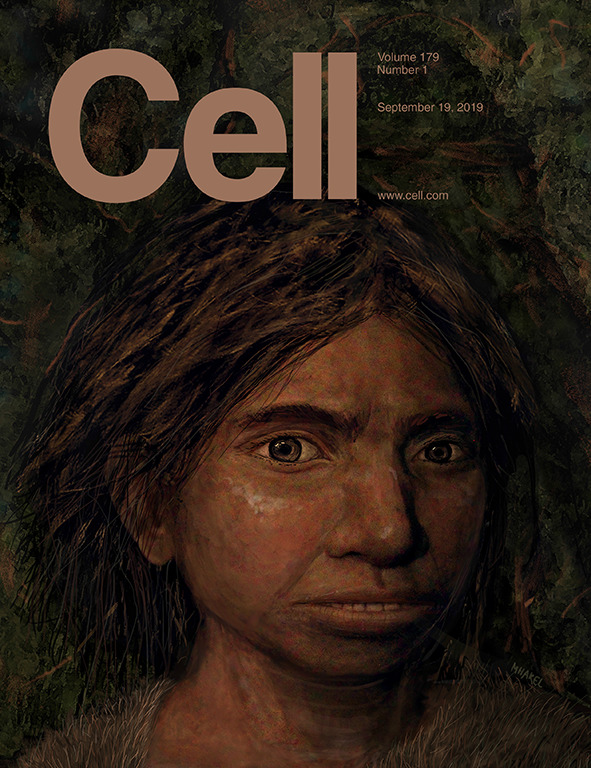Harald Ringbauer*, Ayelet Salman-Minkov, Dalit Regev, Iñigo Olalde,
Tomer Peled, Luca Sineo, Gioacchino Falsone, Peter Van Dommelen, Alissa Mittnik,
Iosif Lazaridis, Davide Pettener, Maria Bofill, Ana Mezquida, Benjamí Costa,
Helena Jiménez, Patricia Smith, Stefania Vai, Alessandra Modi, Arie Shaus,
Kim Callan, Elizabeth Curtis, Aisling Kearns, Ann Marie Lawson, Matthew Mah,
Adam Micco, Jonas Oppenheimer, Lijun Qiu, Kristin Stewardson, J. Noah Workman,
Nicholas Márquez-Grant, Antonio M. Saez Romero, María Luisa Lavado Florido,
Juan Manuel Jimenez-Arenas, Isidro Jorge Toro Moyano, Enrique Viguera, Jose
Suarez Padilla, Sonia López Chamizo, Tomas Marques-Bonet, Esther Lizano, Alicia
Rodero Riaza, Francesca Olivieri, Pamela Toti, Valentina Giuliana, Alon Barash,
Liran Carmel, Elisabetta Boaretto, Marina
Faerman, Michaela Lucci, Francesco La Pastina, Alessia Nava, Francesco Genchi,
Carla Del Vais, Gabriele Lauria, Francesca Meli, Paola Sconzo, Giulio Catalano,
Elisabetta Cilli, Anna Chiara Fariselli, Francesco Fontani, Donata Luiselli,
Brendan Culleton, Swapan Mallick, Nadin Rohland, Lorenzo Nigro, Alfredo Coppa,
David Caramelli, Ron Pinhasi, Carles Lalueza-Fox, Ilan Gronau*, David Reich*
(2025).
Punic people were genetically diverse with almost no Levantine
ancestors.
Nature 643:139-147.





